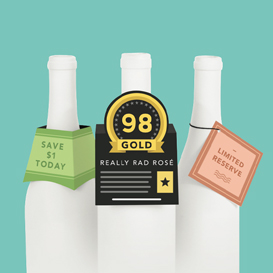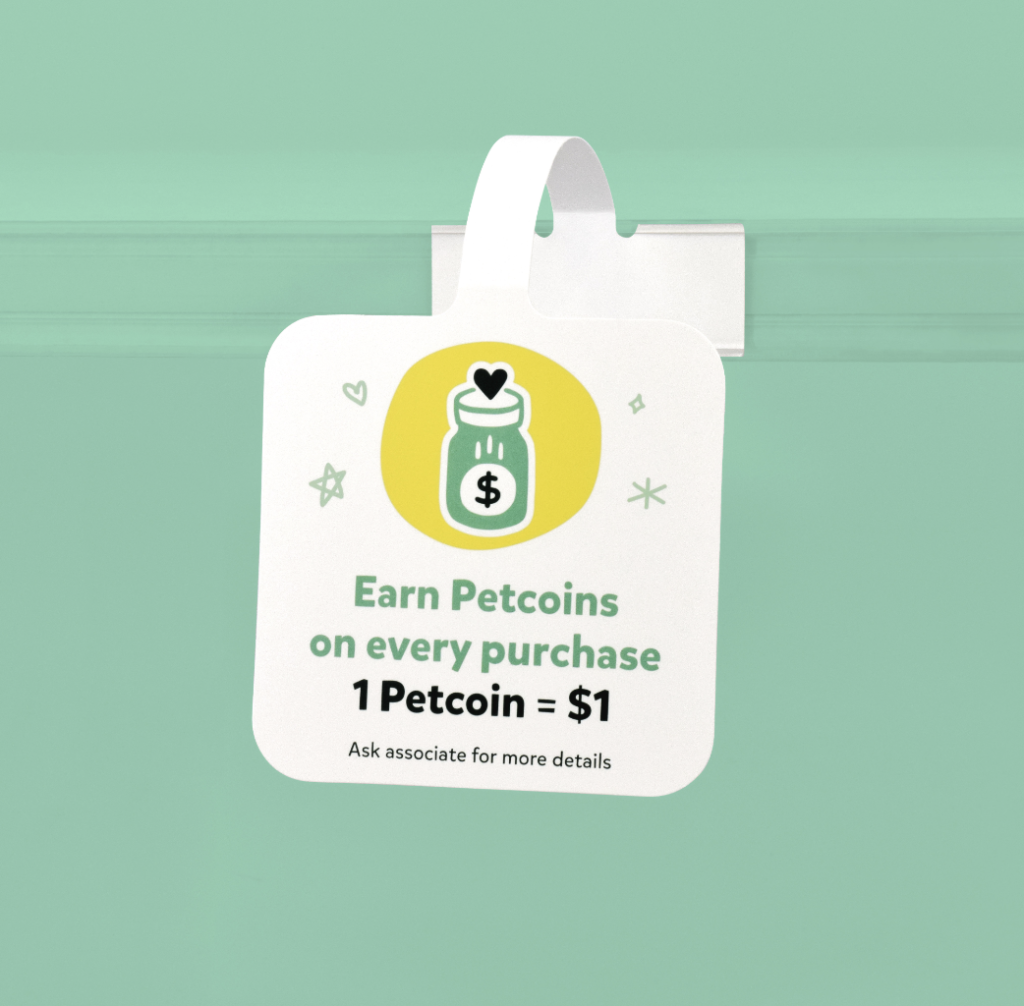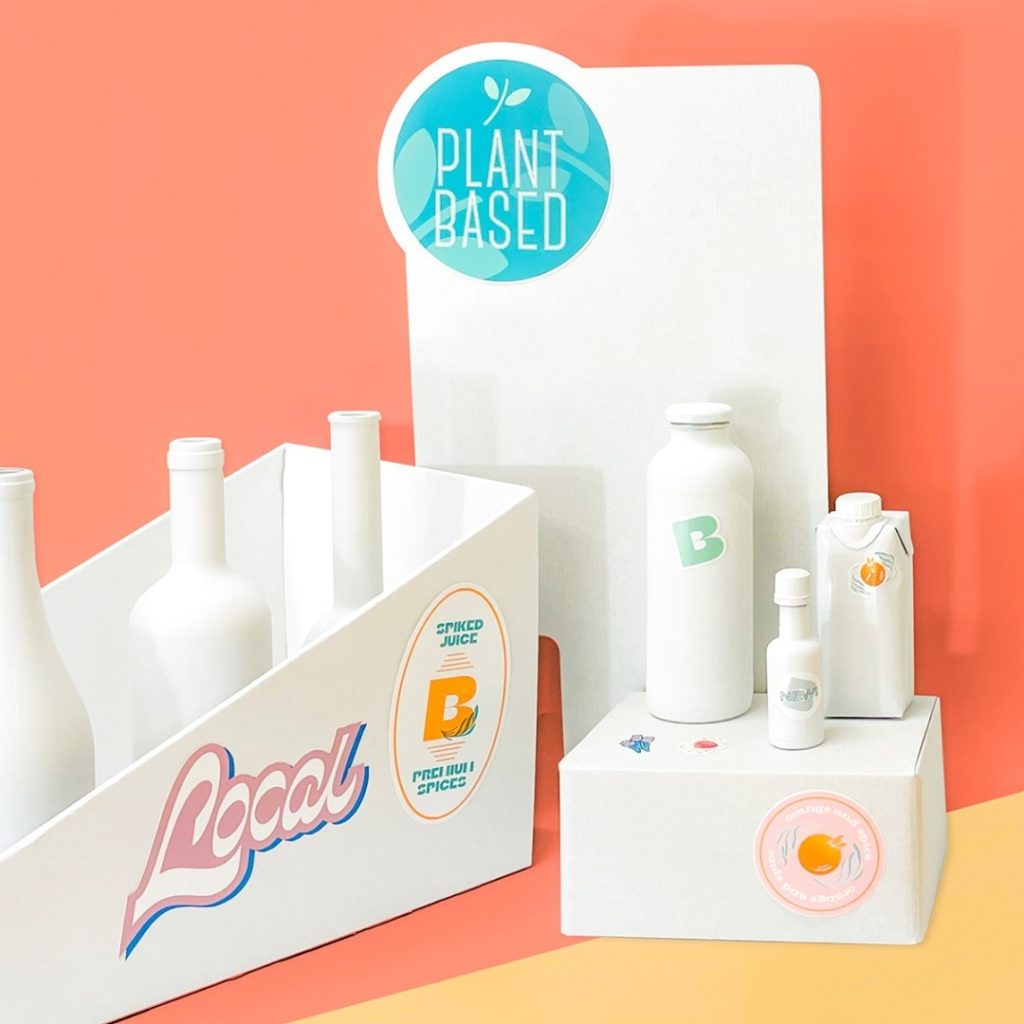| Items | Qty | Price | |
|---|---|---|---|
| $0 |
What is Aqueous Coating?
Is it just another printing industry buzzword? How can I use aqueous coating to my advantage? What’s the difference between aqueous and uv gloss coating?
These are all very good questions indeed. To best explain aqueous coating, we should first look at the difference between offset and digital printing. If you’re interested in a purely technical explanation, please see the links at the bottom of the page. We’re going to try and break it down as it pertains to real-world applications.
Digital Printing
- Little to no setup required – Very cost-effective for lower quantities.
- Quick and Easy – Also very good for super short turnarounds.
- Toner-Based Printing Process – Toner sits on paper while ink soaks into paper.
- Compatible with UV coatings – We offer matte and gloss UV for our digital printed products.
- More susceptible to cracking – Toner is not very flexible, and may be less desirable in heavy coverage folds.
Offset Printing
- More Work Involved with Setup – Very cost-effective for higher quantities.
- Ink-Based Printing Process – Ink soaks into paper while toner sits on top.
- Aqueous and UV coatings – We offer matte and gloss UV, as well as soft-touch, gloss, and satin aqueous for our offset printed products.
- Less susceptible to cracking – Ink is thin and flexible, and may be less prone to cracking in high coverage folds.
Aqueous Coatings
These water-based polymers cost less than their UV counterparts. They’re more environmentally friendly than varnishes. Aqueous coatings do not resist additional imprinting, which means that variable data can be printed after they’re applied. (ie: addressing postcards)
UV Coatings
The 800 pound gorilla of coatings is UV. It’s the most popular coating these days. It’s also the most resilient of all coatings, meaning it is the most rub- and moisture-resistant. UV coating starts as a clear liquid that is cured (dried) instantly with an ultraviolet light. It can be the most glossy of all coatings. Some people don’t like it because they feel that it’s too glossy. UV resists imprinting so postcards, for instance, are commonly either addressed before being coated or are coated on one side only so the address may be imprinted on the opposite side. Similarly, it is common for business cards to be coated one side only so that consumers may write on the backs of them.
Which Leads Us To Spot-UV
UV coatings are commonly applied through a silk screen which is a process known as Spot-UV. This is become a rather popular effect, and can result in some really eye-catching designs! Read more about Spot-UV Coating.
Why bother with coatings?
According to myprintresource.com, “The purpose of a coating is to protect the printed piece from dirt, smudges, fingerprints, scratching, etc. Coating also provides scuff resistance. And, yes, it can improve the visual appeal of the piece by providing a glossier and smoother finish.”
Well, there you have it! Not only do coatings protect your toner or ink from the elements, they also provide curb appeal!
References:
http://www.myprintresource.com/article/10957156/uv-coating-vs-aqueous-coating-for-digital-printing
http://www.myprintresource.com/article/10287908/case-study-case-of-pricing-off-line-uv-coating





